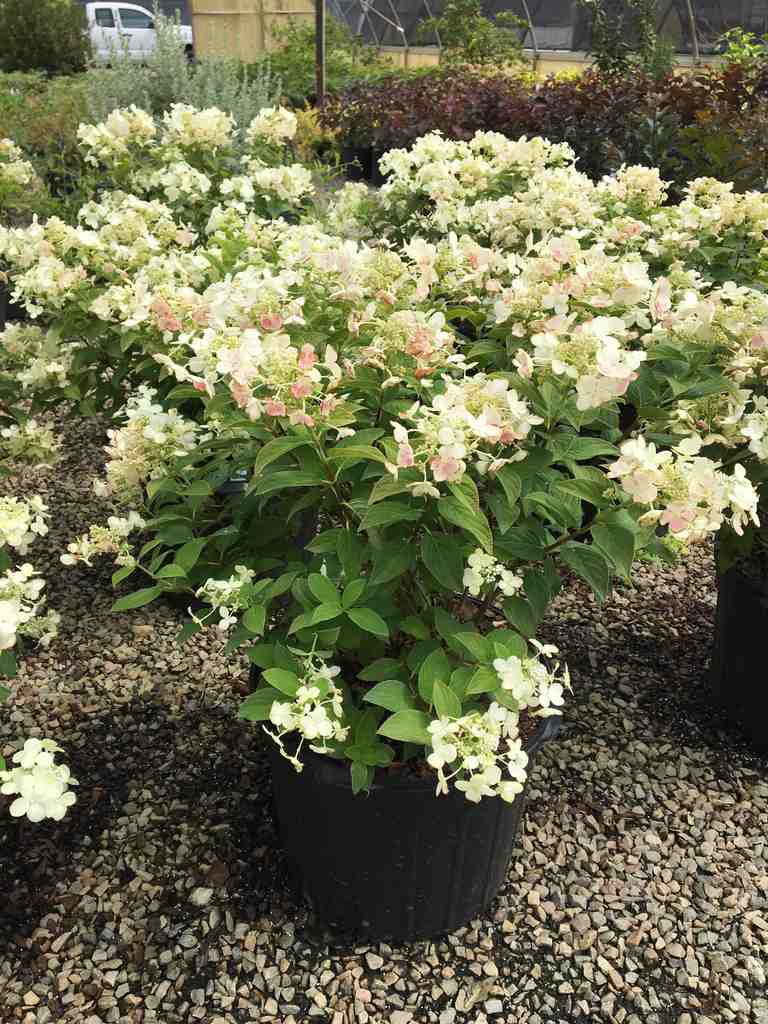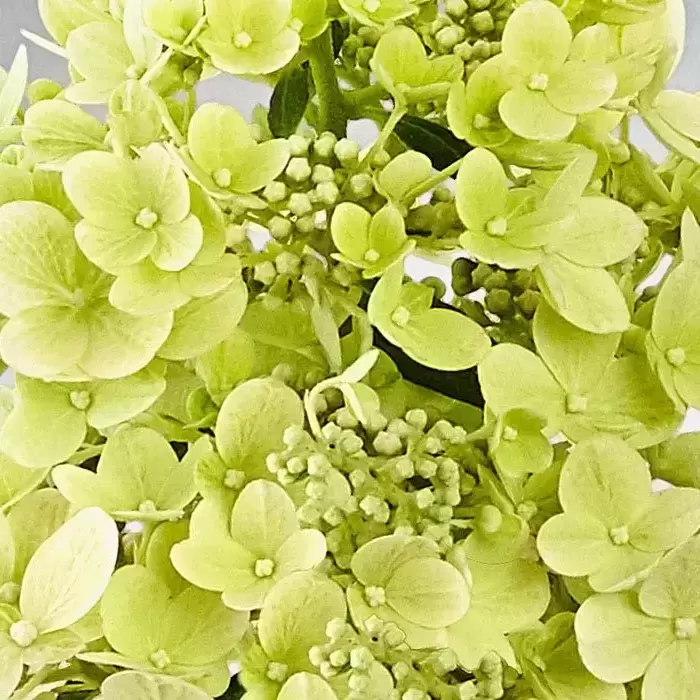Panflora Hydrangea Paniculata: The Showstopper Shrub That's Easy To Grow
Panflora Hydrangea paniculata: The Showstopper Shrub That's Easy to Grow
Hydrangea paniculata is a beautiful and versatile shrub that is easy to grow. It is known for its large, panicle-shaped flowers that can be white, pink, or blue. Panflora Hydrangea paniculata is a particular variety of Hydrangea paniculata that is known for its large, long-lasting flowers.
In this blog post, we will discuss the following:
- The characteristics of Panflora Hydrangea paniculata
- How to grow and care for Panflora Hydrangea paniculata
- Pests and diseases that can affect Panflora Hydrangea paniculata
- How to propagate Panflora Hydrangea paniculata
Characteristics of Panflora Hydrangea paniculata
Panflora Hydrangea paniculata is a large shrub that can grow up to 8 feet tall and 6 feet wide. It has dark green leaves that are oval in shape. The flowers are borne in large panicles that can be up to 12 inches long. The flowers are typically white, but can also be pink or blue.
How to grow and care for Panflora Hydrangea paniculata
Panflora Hydrangea paniculata is a relatively easy shrub to grow. It prefers full sun, but can tolerate partial shade. It does best in rich, moist soil that is well-drained. Panflora Hydrangea paniculata is not drought-tolerant, so it is important to water it regularly during the summer months.
To fertilize Panflora Hydrangea paniculata, use a balanced fertilizer in the spring. You can also apply a layer of mulch around the base of the shrub to help retain moisture.
Panflora Hydrangea paniculata is a relatively pest- and disease-free shrub. However, it can be susceptible to aphids, scale, and powdery mildew. If you see any pests or diseases on your shrub, treat them promptly with an appropriate pesticide or fungicide.
Pests and diseases that can affect Panflora Hydrangea paniculata
- Aphids: Aphids are small, sap-sucking insects that can damage the leaves and flowers of Panflora Hydrangea paniculata. They can be controlled with insecticidal soap or neem oil.
- Scale: Scale insects are small, hard-shelled insects that can attach themselves to the leaves and stems of Panflora Hydrangea paniculata. They can be controlled with a horticultural oil or insecticidal soap.
- Powdery mildew: Powdery mildew is a fungus that can cause white, powdery patches to form on the leaves of Panflora Hydrangea paniculata. It can be controlled with a fungicide.
How to propagate Panflora Hydrangea paniculata
Panflora Hydrangea paniculata can be propagated by cuttings or division. To propagate by cuttings, take semi-hardwood cuttings in the spring or summer. To propagate by division, divide the rootball of an established shrub in the spring or fall.
Conclusion
Panflora Hydrangea paniculata is a beautiful and easy-to-grow shrub that is perfect for adding a touch of elegance to your garden. With proper care, it will thrive for many years to come.
Panflora hydrangea paniculata is a beautiful and versatile shrub that can add a touch of elegance to any garden. It is native to China and Japan, and it is known for its large, panicle-shaped flowers that can bloom in shades of white, pink, or blue. Panflora hydrangea paniculata is easy to care for, and it can be grown in a variety of climates.
If you are interested in learning more about panflora hydrangea paniculata, I recommend visiting . This website has a wealth of information about this shrub, including its history, cultivation, and care. You can also find photos of different panflora hydrangea paniculata cultivars, as well as tips on how to choose the right one for your garden.
FAQ of panflora hydrangea paniculata
Q: What is Panflora Hydrangea Paniculata?
A: Panflora Hydrangea Paniculata is a type of hydrangea that is known for its large, colorful blooms. It is a relatively easy plant to care for, and it is tolerant of a variety of conditions. The blooms start out lime green and mature to pink and red tones with age.
Q: Where is the best place to plant Panflora Hydrangea Paniculata?
A: Panflora Hydrangea Paniculata prefers a sunny to semi-shady location in the garden or on the balcony, sheltered from the wind. It will tolerate full sun, but the blooms may not be as vibrant. The soil should be moist but well-drained.
Q: How do I care for Panflora Hydrangea Paniculata?
A: Panflora Hydrangea Paniculata is a relatively easy plant to care for. Water it regularly, especially during hot, dry weather. Fertilize it once a year in the spring with a balanced fertilizer. Prune it in the late winter or early spring to remove dead or damaged branches.
Q: How do I propagate Panflora Hydrangea Paniculata?
A: Panflora Hydrangea Paniculata can be propagated by cuttings. Take cuttings in the spring or early summer from healthy, new growth. The cuttings should be about 4 inches long and have at least 3 nodes. Plant the cuttings in a well-draining potting mix and keep them moist. The cuttings should root in about 4-6 weeks.
Q: What are some common pests and diseases of Panflora Hydrangea Paniculata?
A: Panflora Hydrangea Paniculata is susceptible to a few pests and diseases, including aphids, scale, and powdery mildew. Aphids can be controlled with insecticidal soap or neem oil. Scale can be controlled with horticultural oil. Powdery mildew can be controlled by watering the plant regularly and keeping the leaves dry.
Image of panflora hydrangea paniculata
- Image 1: A close-up of a white panflora hydrangea paniculata flower. The petals are delicate and cascading, with a slight pink hue at the edges.
- Image 2: A full shot of a panflora hydrangea paniculata shrub in bloom. The flowers are a light pink color, and they are arranged in large, conical clusters.

- Image 3: A panflora hydrangea paniculata shrub in a garden setting. The flowers are a bright pink color, and they are surrounded by green foliage.
- Image 4: A vase of cut panflora hydrangea paniculata flowers. The flowers are a light pink color, and they are arranged in a loose, cascading bouquet.

- Image 5: A close-up of the leaves of a panflora hydrangea paniculata shrub. The leaves are a deep green color, and they are oval-shaped with a pointed tip.

Post a Comment for "Panflora Hydrangea Paniculata: The Showstopper Shrub That's Easy To Grow"